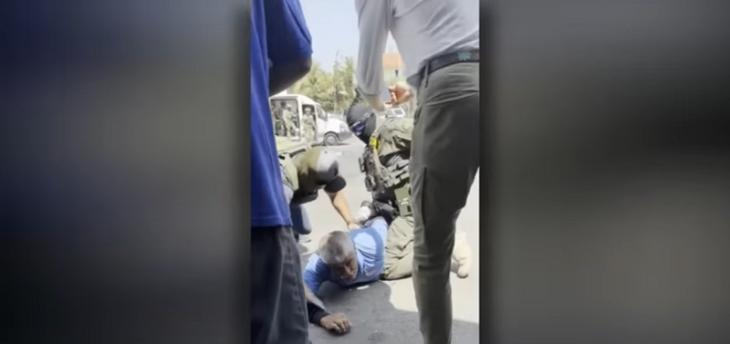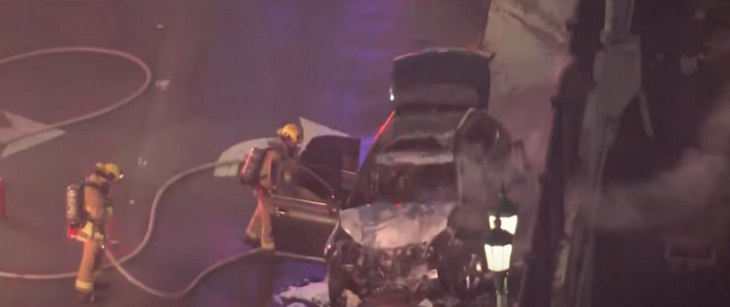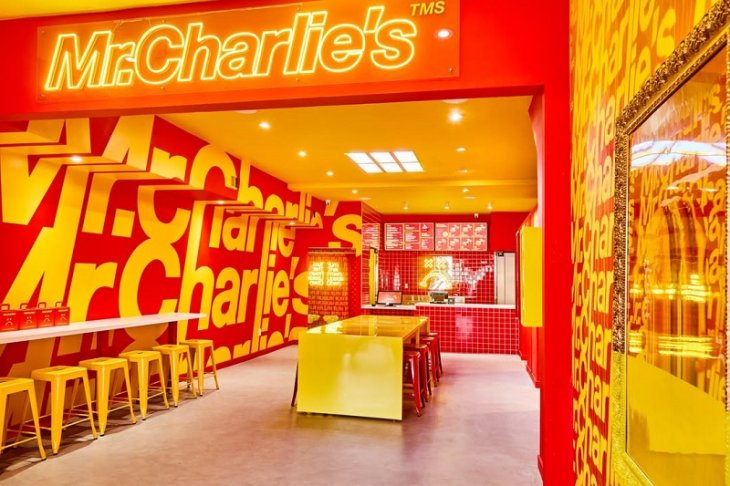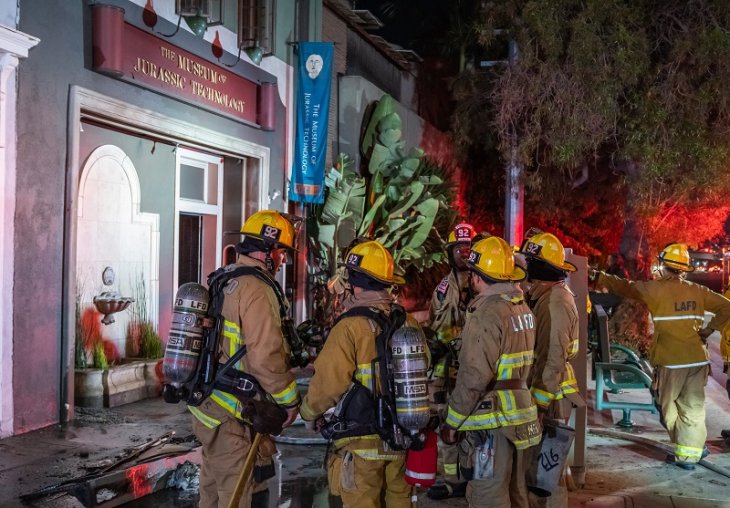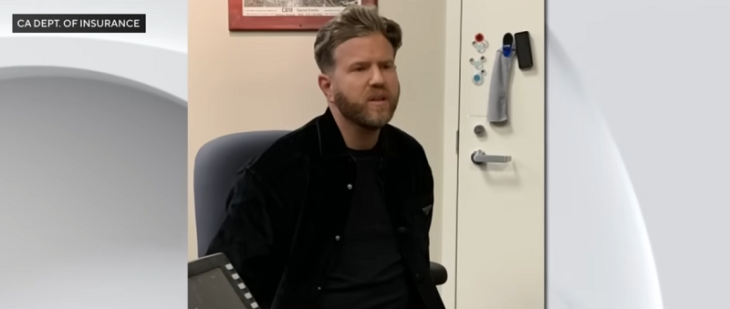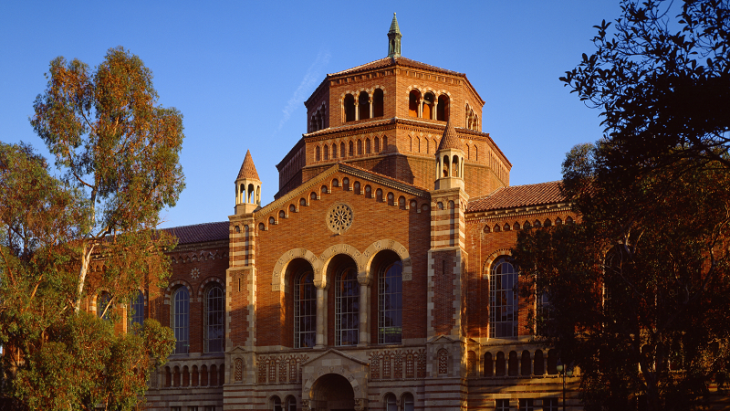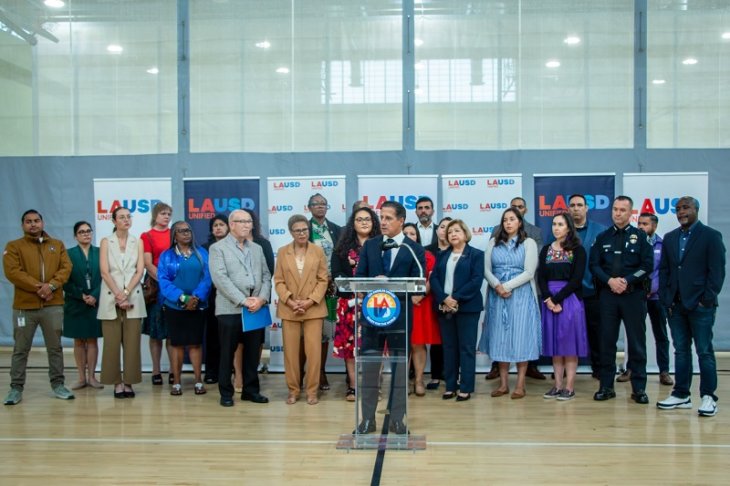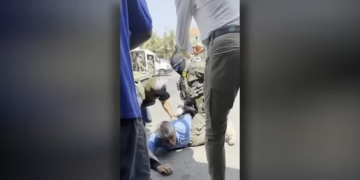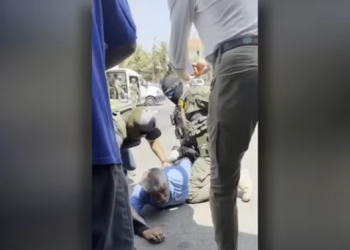As 2022 begins, Cedars-Sinai is facing a critical blood shortage and is encouraging prospective donors to give blood as soon as possible.
Ellen Klapper, MD, director of Transfusion Medicine and Blood Donor Services, and Armando Romero, associate director of TransfusionEllen Klapper, MD Medicine, said that supplies of blood products have been consistently low through the past two years due to the COVID-19 pandemic.
“We normally like to have a few days’ inventory of blood on hand, but we haven’t had the luxury of that in a long time,” Klapper said.
Schools, houses of worship and other organizations that held regular blood drives before the pandemic have cut down on in-person activities, including those valuable blood drives. The two-year-long shortage now comes on top of the annual decrease in donations, typically seen each winter when holiday travel, inclement weather and seasonal illnesses keep donors away.
“That all has combined to create a really tough situation for us here at the hospital,” Romero said.
The good news is that donating blood is a quick and easy process. Donors can start by registering online at donatebloodcedars.org or by calling (310) 423-4170.
“When you arrive, you’ll be asked to present a photo ID and answer a few questions so we can make sure that you’re eligible to donate,” Romero said. “We then do a mini-physical where we check your blood pressure and pulse, and review some of those screening questions with you.”
Once it’s determined that a donor is eligible, it only takes about 10 minutes to actually give blood. The whole process, from beginning to end, usually takes about 30 minutes.
“It’s half an hour out of your day and it really does make a huge difference in people’s lives,” Romero said “One donation can save up to two to three lives.”
Blood collected locally at Cedars-Sinai is tested to make sure it’s free from infectious diseases and then is typically used within a few days.
“Blood donations made at Cedars-Sinai directly help others in your community,” Romero said. “It’s a way to have a quick, major impact on someone’s life.”
According to the American Red Cross, more than 16 million units of blood and blood products are transfused annually in the U.S., with more than 45,000 units needed daily.
O-negative blood, also known as the “universal donor” blood type, is in especially high demand because it can be given even in emergency situations when a patient’s blood type is unknown. O-positive blood is in especially high demand as well, because it’s the most frequently occurring blood type, found in about 37% of the population, according to the American Red Cross.
“There’s definitely a need for O type blood, but at this point we’re really desperate for every single blood type,” Romero said.
Individuals who have received any COVID-19 vaccine or vaccine booster currently authorized in the U.S. are able to donate blood and platelets as long as they are symptom-free and feeling well at the time of donation.
Cedars-Sinai takes strict precautions to keep donors safe and prevent the spread of the coronavirus, Romero said. Blood donation beds are set up to create physical distancing, and donors are required to wear masks at all times when donating blood. All donors are prescreened for COVID-19 symptoms before entering the blood donation center.

